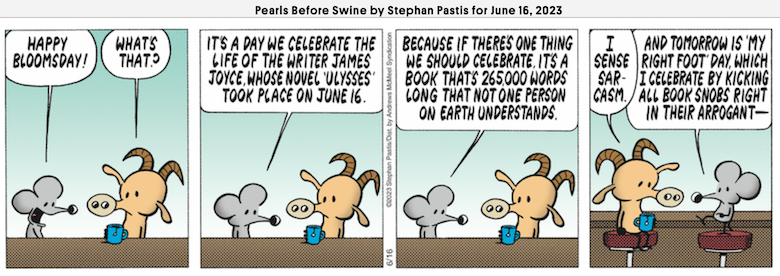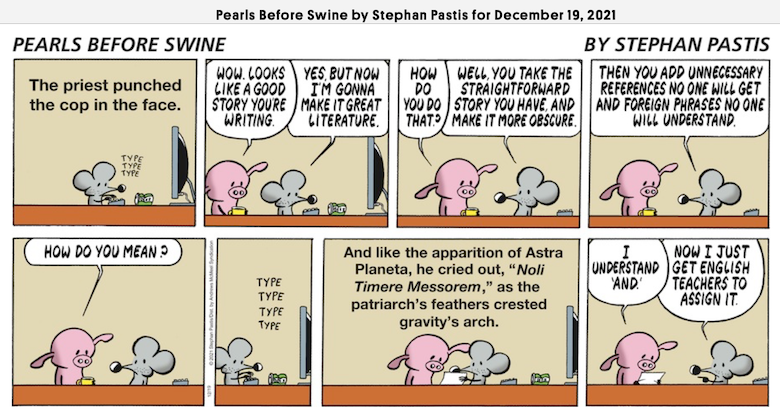I have not felt the desire to blog the least few days because the news has been so relentlessly depressing. With Israel seeming to be determined to start a war with Iran, Trump and his gang’s assault on immigrants and his use of the National Guard and federal troops to suppress protest, his stupid vanity project of a military parade, and the tragedy of the Air India plane crash, it feels like writing about any single thing is avoiding everything else.
So I invite people to use this post as an open thread to vent about anything they like.


